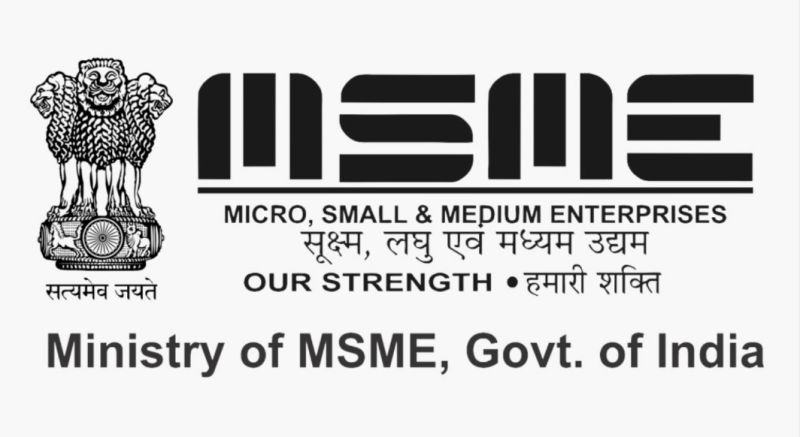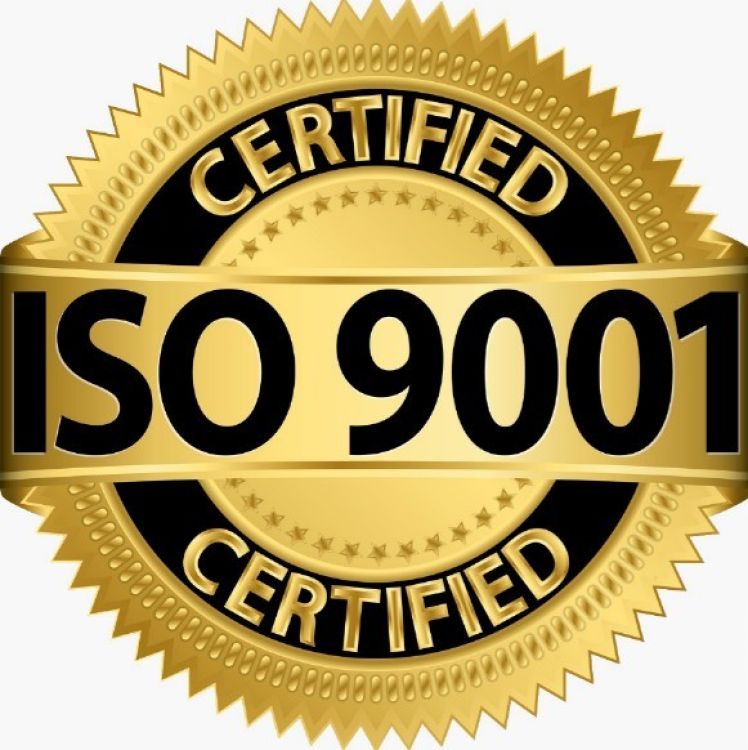
An Operating System (OS) is system software that manages hardware and software resources on a computer. It serves as an intermediary between users and the computer hardware. The OS is responsible for managing system resources such as the CPU, memory, storage devices, and input/output devices, providing services like task scheduling, memory management, file handling, security, and system execution. It enables the user to interact with the computer through interfaces and allows software applications to run.
An OS ensures that hardware components work in coordination, optimizing system performance and ensuring fairness and resource allocation across processes. It supports multitasking, handles errors, and offers user interfaces such as command-line or graphical user interfaces (GUI).
| MODULE | TOPIC COVERED |
| Introduction to Operating Systems | Overview of OS functions, types, and components. Understanding the role of the OS in managing hardware and software. |
| Process Management | Process creation, scheduling, termination, and management. Process states, PCB (Process Control Block). |
| CPU Scheduling | Scheduling algorithms (First Come First Serve, Shortest Job Next, Round Robin, etc.), and their advantages. |
| Memory Management | Memory allocation strategies: contiguous, paging, segmentation. Virtual memory and page replacement algorithms. |
| File Systems | File organization, storage, access methods, file types, file permissions, directory structures. |
| Input/Output Systems | I/O hardware, buffering, device management, and techniques for optimizing I/O operations. |
| Synchronization and Concurrency | Concepts of synchronization, race conditions, critical section problem, semaphores, mutexes, and deadlock prevention. |
| Deadlocks | Conditions for deadlock, detection, prevention, and recovery methods. |
| Security and Protection | User authentication, access control, encryption, system protection techniques, and security policies. |
| Operating System Structures | System calls, kernel and user space, layers of OS, microkernels vs. monolithic kernels, and OS design. |
| Virtualization | Virtual machines, hypervisors, containerization, and the role of virtualization in modern OS design. |
| Networking and Distributed Systems | Networking basics, OS role in networking, distributed OS, and inter-process communication. |
| Real-Time Operating Systems | Characteristics of real-time systems, scheduling, and managing tasks with strict timing constraints. |
| Case Studies of Modern OS | Study of popular operating systems: Linux, Windows, macOS. Understanding their architecture, components, and differences. |
| Operating System Security | Techniques for securing an OS: user authentication, encryption, firewalls, and managing system vulnerabilities. |
ELIGIBILITY - 12TH ABOVE

Course Code : S-ADVACNE EXCEL
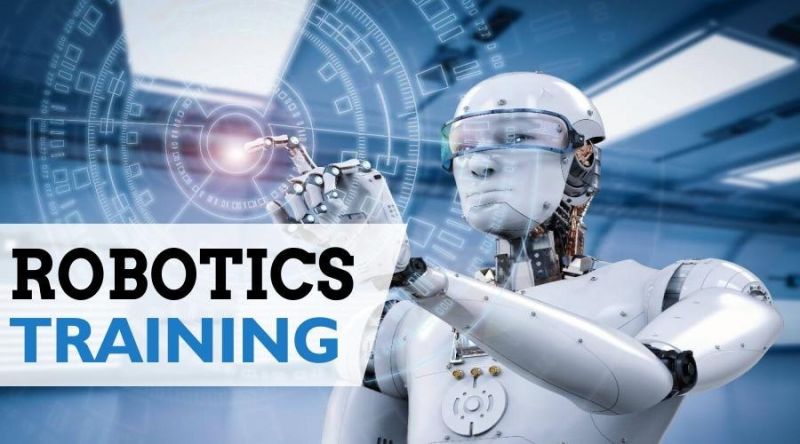
Course Code : S-ROBOTICS AND CODING

Course Code : S-WORDPRESS

Course Code : S-REACT WITH DJANGO

Course Code : S-PYTHON PROGRAMMING

Course Code : S-JAVA PROGRAMMING
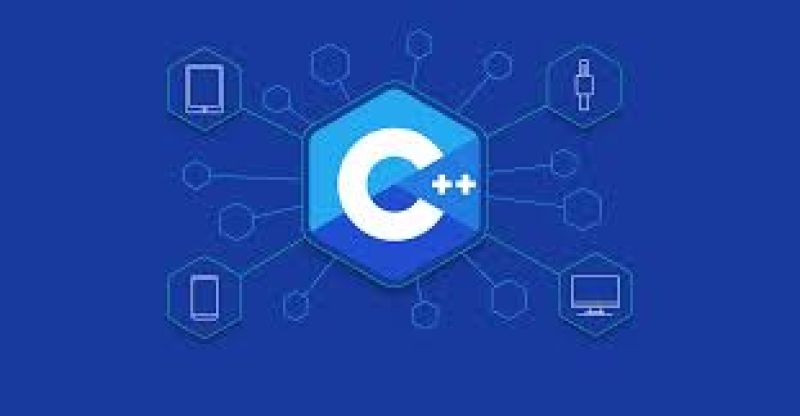
Course Code : S-C PROGRAMMING

Course Code : S-C++ PROGRAMMING

Course Code : S-DATABASE
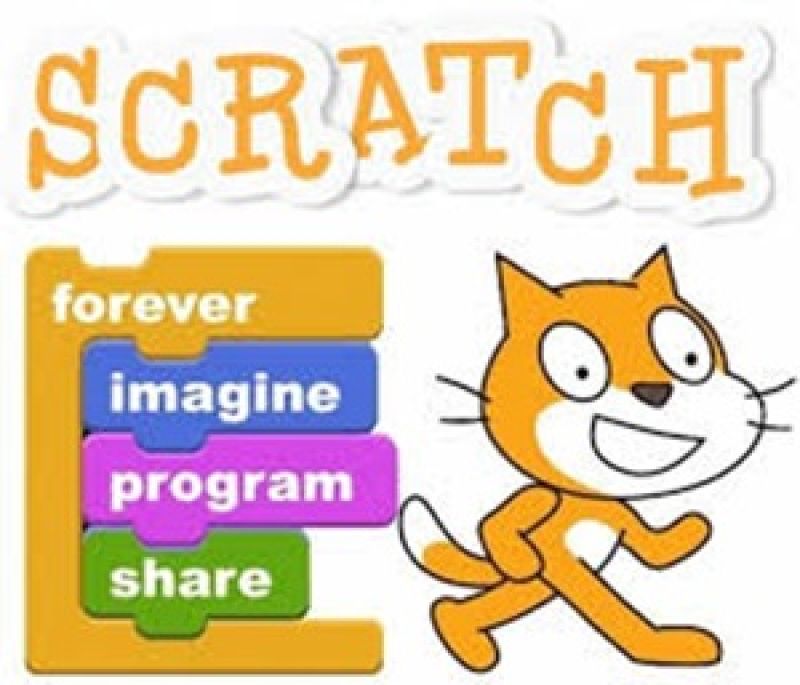
Course Code : S-SCRATCH PROGRAMMING

Course Code : S-OPERATING SYSTEM

Course Code : S-NETWORKING
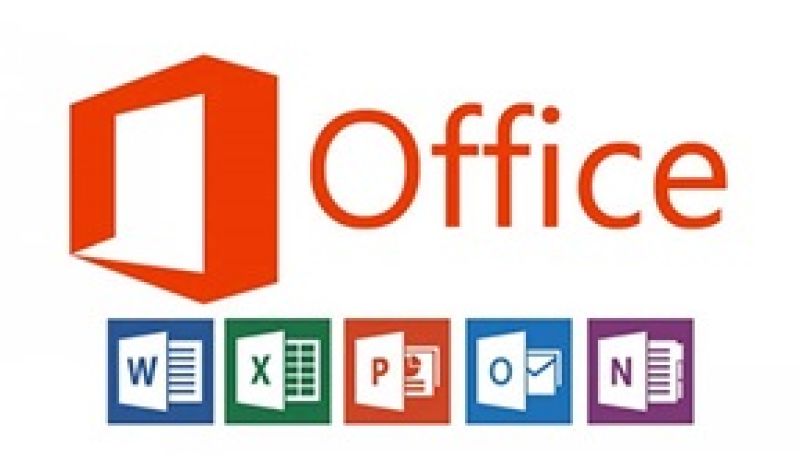
Course Code : S-OFFICE TOOLS

Course Code : S-GRAPHICS DESIGNING

Course Code : S-POWER BI
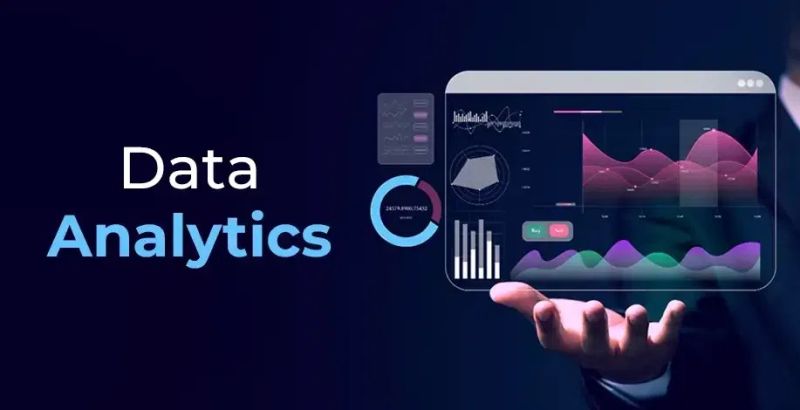
Course Code : S-DATA ANALYTICS
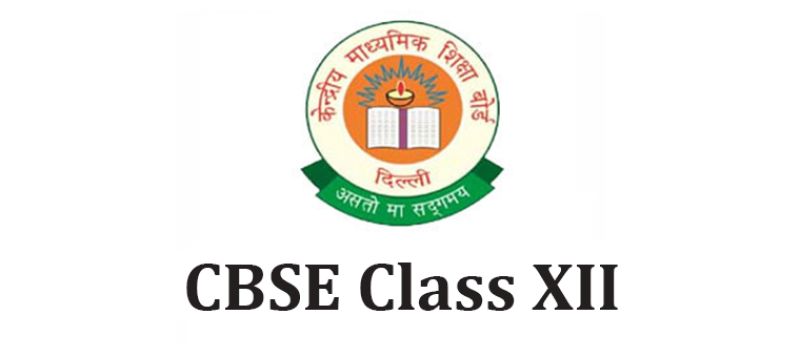
Course Code : S-12CBSE
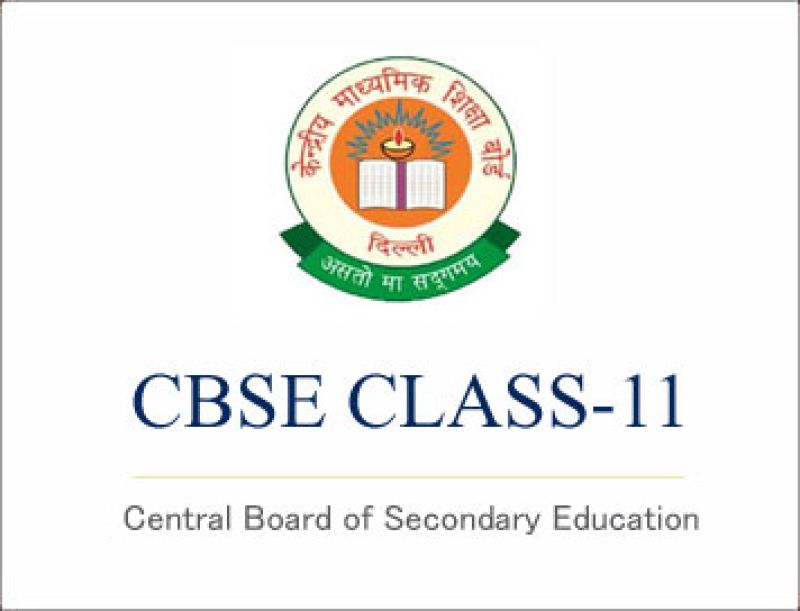
Course Code : S-11CBSE

Course Code : S-RS-CIT

Course Code : S-CYBER SECURITY
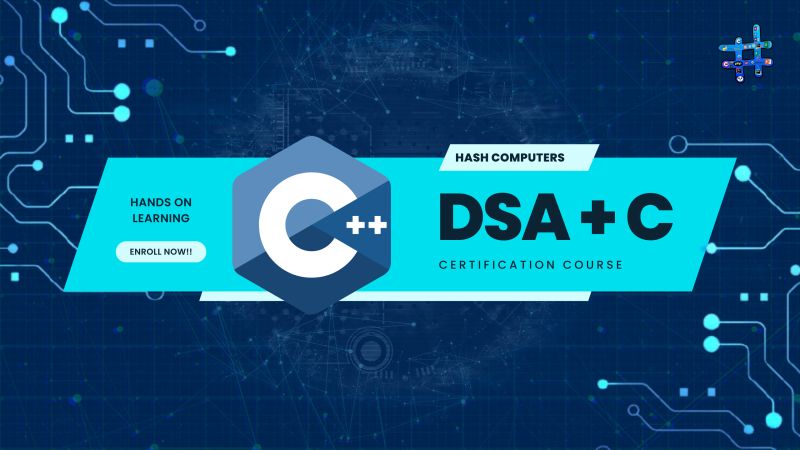
Course Code : S-DSA WITH C
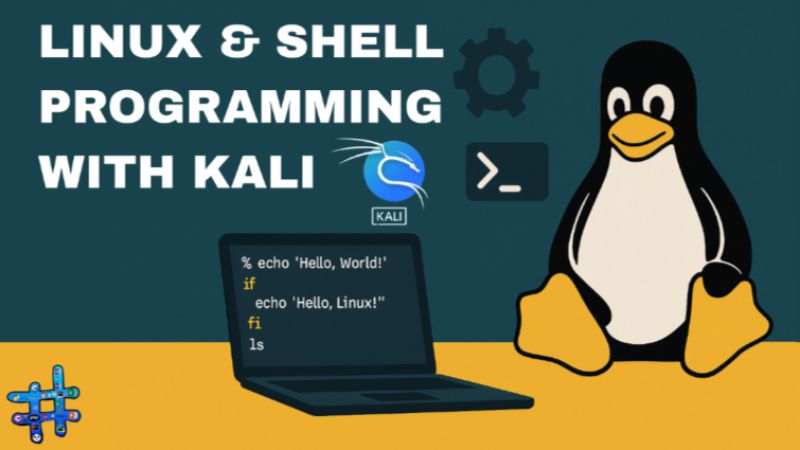
Course Code : S-LINUX & SHELL PROGRAMMING WITH KALI
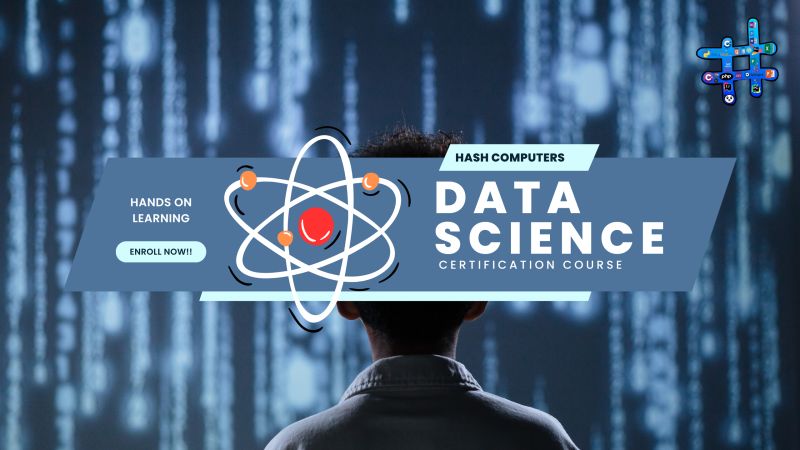
Course Code : S-DATA SCIENCE

Course Code : S-ML WITH PYTHON
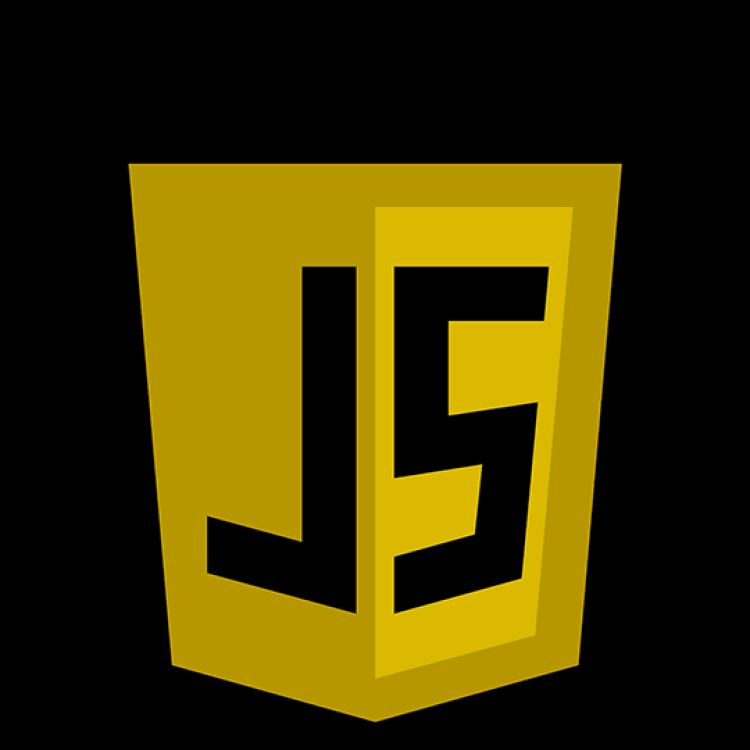
Course Code : S-JAVASCRIPT

